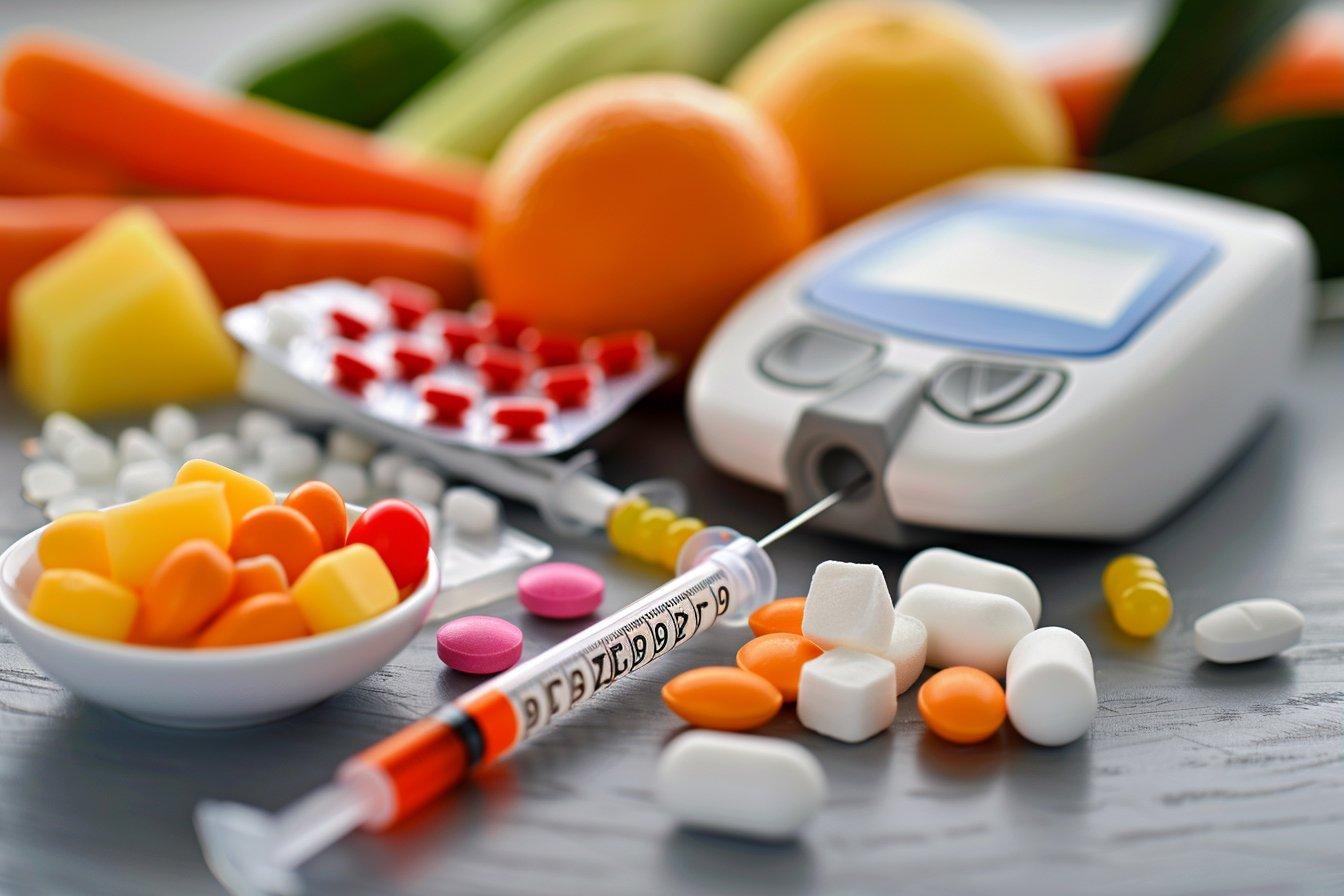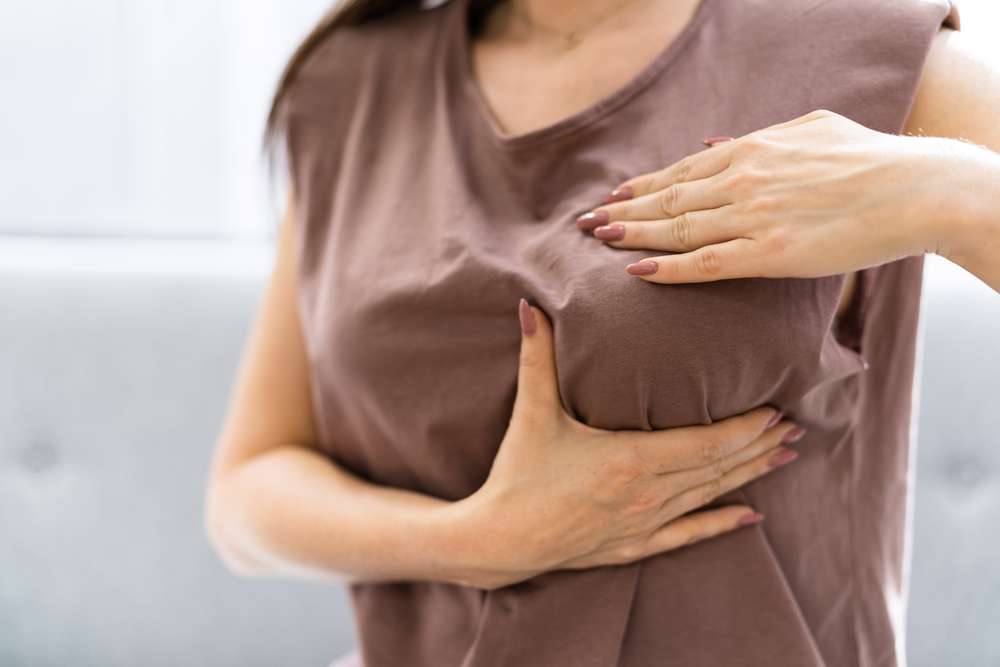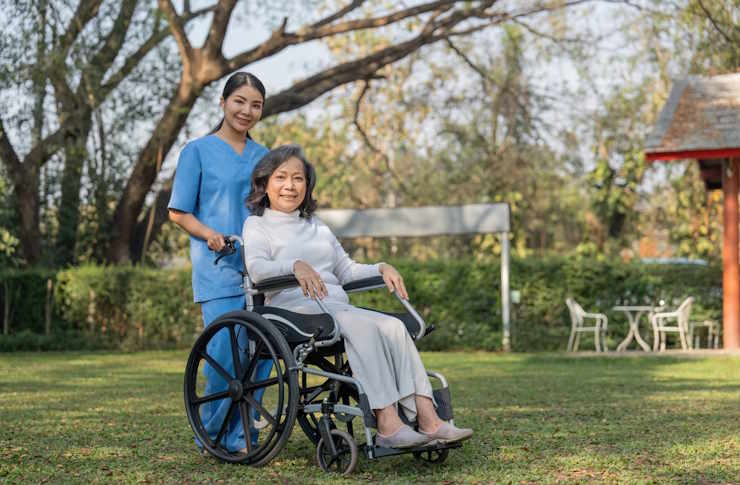What Crohn’s Disease Can Look Like: Real Signs and Common Symptoms
Crohn’s disease isn’t always easy to spot. This article walks through the visible and invisible symptoms many people experience — including skin signs, digestive issues, and fatigue — with helpful pictures and real-world examples of what to look out for.

What are the early signs of Crohn’s disease?
Crohn’s disease often begins subtly, with symptoms that may be mistaken for other conditions. Early signs can include persistent diarrhea, abdominal pain and cramping, and unexplained weight loss. Fatigue is another common early symptom, as the body works overtime to combat inflammation. Some individuals may also experience low-grade fever or loss of appetite. It’s important to note that these symptoms can develop gradually over time, making them easy to overlook or attribute to other causes.
How does Crohn’s disease affect the digestive system?
The primary battleground for Crohn’s disease is the digestive tract. Inflammation can occur anywhere from the mouth to the anus, though it most commonly affects the small intestine and the beginning of the large intestine. This inflammation can lead to a range of digestive symptoms, including frequent diarrhea, which may contain blood or mucus. Abdominal pain and cramping are also common, often worsening after meals. Some individuals experience nausea and vomiting, while others may suffer from constipation. The severity and combination of these symptoms can vary greatly among patients.
What skin signs can indicate Crohn’s disease?
While Crohn’s disease primarily affects the digestive system, it can also manifest in various skin conditions. One of the most common is erythema nodosum, which presents as painful, red nodules typically on the shins, ankles, and arms. Some patients may develop pyoderma gangrenosum, characterized by deep, painful ulcers that usually appear on the legs. Mouth ulcers are another frequent skin-related symptom. In some cases, individuals with Crohn’s disease may experience skin tags, particularly around the anal area, or develop a condition called hidradenitis suppurativa, which causes painful lumps under the skin.
Are there gender-specific symptoms in Crohn’s disease?
While Crohn’s disease affects both males and females, there are some symptoms that may be more prevalent or noticeable in females. Women with Crohn’s disease may experience irregular menstrual cycles or increased menstrual pain. The disease can also impact fertility and pregnancy, potentially leading to complications or difficulties conceiving. Additionally, females with Crohn’s disease may be at a higher risk for certain nutritional deficiencies, such as iron-deficiency anemia, due to blood loss and malabsorption issues. It’s crucial for women with Crohn’s disease to work closely with their healthcare providers to address these gender-specific concerns.
How does Crohn’s disease impact overall health and well-being?
Crohn’s disease is more than just a digestive disorder; it can have far-reaching effects on a person’s overall health and quality of life. Chronic fatigue is a common complaint, often resulting from a combination of inflammation, nutritional deficiencies, and disrupted sleep patterns due to digestive discomfort. Joint pain, known as arthralgia, affects many individuals with Crohn’s disease, sometimes manifesting before digestive symptoms appear. Eye inflammation, such as uveitis or episcleritis, can occur in some patients. Additionally, the chronic nature of the disease can take a toll on mental health, with many individuals experiencing anxiety or depression related to their condition.
What treatment options are available for Crohn’s disease?
Treatment for Crohn’s disease aims to reduce inflammation, manage symptoms, and prevent complications. While there is no one-size-fits-all approach, several options are available to help patients achieve and maintain remission. These include:
-
Medications:
-
Anti-inflammatory drugs (e.g., corticosteroids, aminosalicylates)
-
Immunosuppressants (e.g., azathioprine, methotrexate)
-
Biologic therapies (e.g., infliximab, adalimumab)
-
-
Nutritional therapy:
-
Dietary modifications
-
Enteral nutrition
-
Vitamin and mineral supplements
-
-
Surgical interventions:
-
Strictureplasty
-
Bowel resection
-
Fistula repair
-
-
Lifestyle modifications:
-
Stress management techniques
-
Regular exercise
-
Smoking cessation
-
| Treatment Type | Examples | Potential Benefits |
|---|---|---|
| Medications | Corticosteroids, Biologics | Reduce inflammation, induce remission |
| Nutritional Therapy | Enteral nutrition, Supplements | Improve nutrition, reduce symptoms |
| Surgery | Bowel resection, Fistula repair | Treat complications, improve quality of life |
| Lifestyle Changes | Stress management, Exercise | Support overall health, manage symptoms |
Prices, rates, or cost estimates mentioned in this article are based on the latest available information but may change over time. Independent research is advised before making financial decisions.
Crohn’s disease is a complex condition that can manifest in various ways, affecting not only the digestive system but also other aspects of a person’s health. Recognizing the diverse signs and symptoms, from digestive issues to skin manifestations and beyond, is crucial for early diagnosis and effective management. While living with Crohn’s disease can be challenging, advances in treatment options and a comprehensive approach to care can help many individuals achieve remission and improve their quality of life. If you suspect you may have Crohn’s disease, it’s essential to consult with a healthcare professional for proper evaluation and personalized treatment planning.
This article is for informational purposes only and should not be considered medical advice. Please consult a qualified healthcare professional for personalized guidance and treatment.




